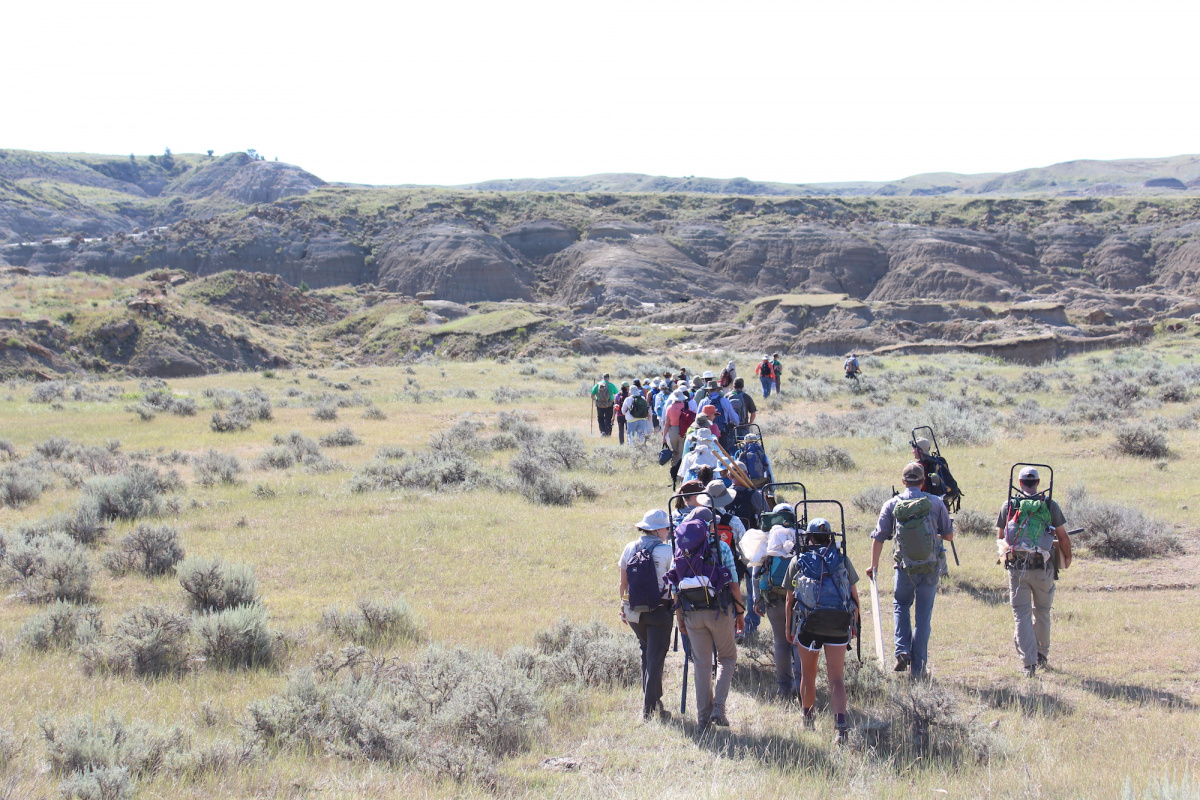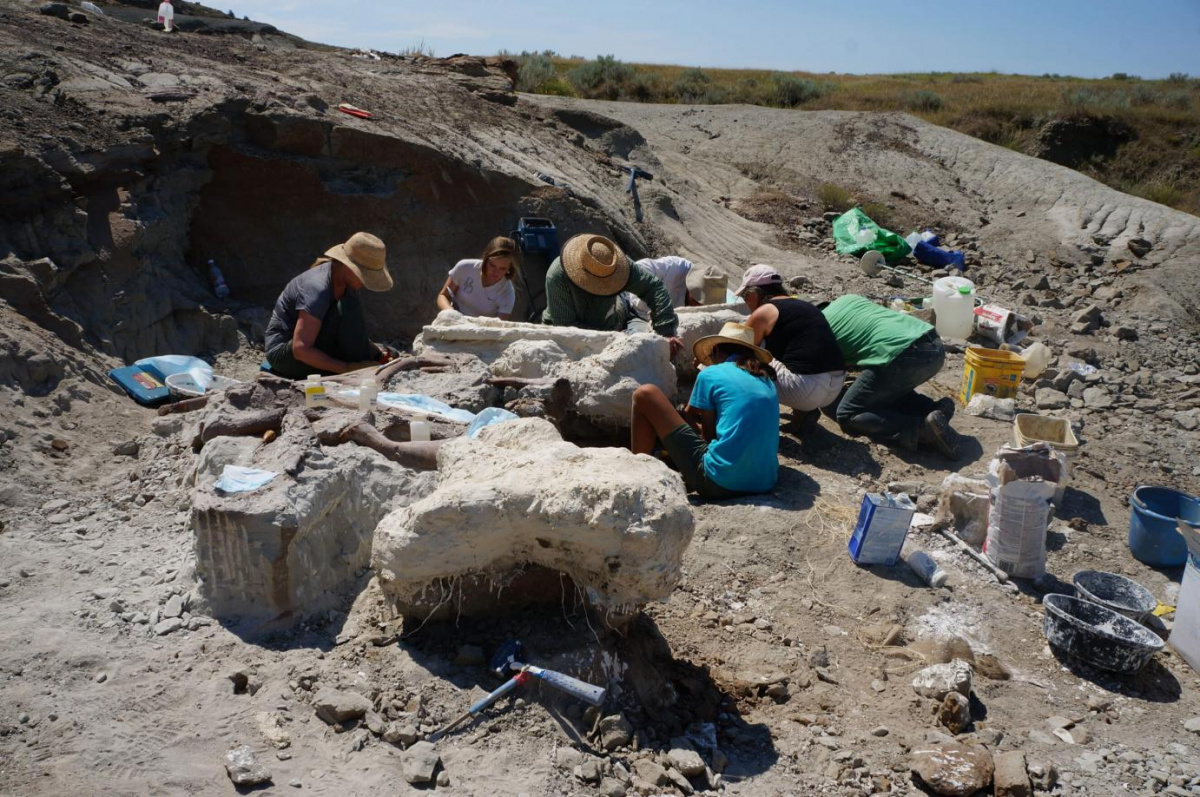Related Stories
- Aerial sagebrush seeding helps restore Robertson Draw Fire burn area
- Veteran fuels module in Rapid City, SD sets a standard for community assistance
- Hi-Line field offices vie for “Coldest Place in America”
- Tackling the Legacy of Orphaned Wells: The Federal Orphaned Well Program in Action
- Full Circle: BLM and Special K Ranch Plant Native Sagebrush Seedlings


 ossils and examine topics such as the extinction of dinosaurs 66 million years ago. Teachers receive hands-on, immersive practice in STEM subjects, such as earth science and evolution. The DIG Field School partners with the BLM, taking teachers to fossil localities on BLM land and educating teachers on the importance of the BLM’s oversight of public lands.
ossils and examine topics such as the extinction of dinosaurs 66 million years ago. Teachers receive hands-on, immersive practice in STEM subjects, such as earth science and evolution. The DIG Field School partners with the BLM, taking teachers to fossil localities on BLM land and educating teachers on the importance of the BLM’s oversight of public lands. can request samples of fossiliferous sediment, and students can be tasked with sorting and identifying fossils in the sediment. To date, students have discovered thousands of fossil turtles, crocodiles, fish, dinosaurs, and mammals. After this summer, approximately 200 teachers will have participated in the DIG Field School, ultimately educating and inspiring an estimated 20,000 students.
can request samples of fossiliferous sediment, and students can be tasked with sorting and identifying fossils in the sediment. To date, students have discovered thousands of fossil turtles, crocodiles, fish, dinosaurs, and mammals. After this summer, approximately 200 teachers will have participated in the DIG Field School, ultimately educating and inspiring an estimated 20,000 students.